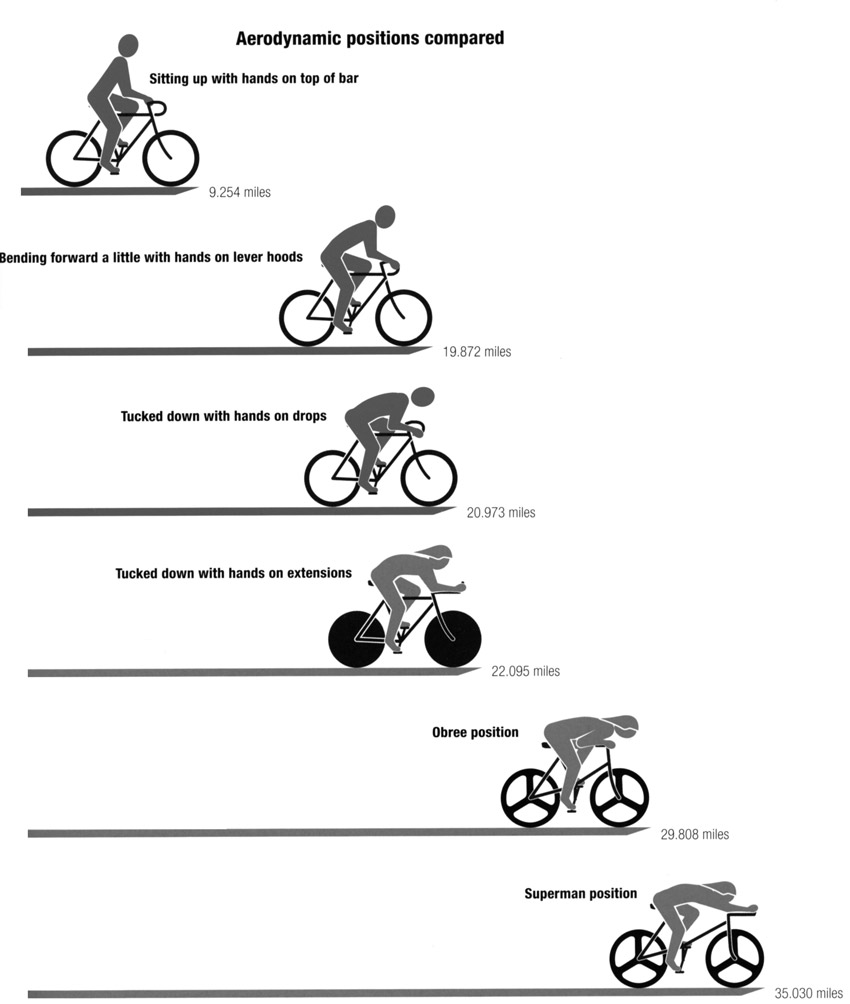What to Do with a Bad Book?

I am cleaning out the Bicycle Quarterly Press library. I am keeping all the great books or those that we may need for reference later. This even includes two editions of Eugene Sloane’s Complete Book of Bicycling, which I bought mostly because they had some grainy images of René Herse and Alex Singer bikes – the only information I could find in those pre-Internet days.
But there are a lot of books that simply aren’t good enough to keep.

It’s amazing how much has being printed on bicycles in recent years that has not stood the test of time. Hastily produced efforts on “custom bicycles” with fuzzy photos pulled off the Internet. A history of Campagnolo that appears to have been written in two weeks by somebody only marginally familiar with the company. I’ll give these books to a local charity. Despite their obvious flaws, somebody will enjoy them…
One book though, has me stumped. It’s a lavishly produced book on Cycling Science, coming from an academic source, the University of Chicago Press. The problem with it is simple: Much of it is wrong.
I know that the science of cycling can be contentious. There still are people who believe that higher pressures will make a tire roll faster. Others insist that stiffer frames perform better. These can be considered gray areas where the science is evolving. However, in this book, the errors are unequivocal.

Take the illustration above, for example. It purports to show the influence of aerodynamics on the performance of a bike. It shows how fast Chris Boardman, who holds the absolute hour record on an upright bike, would have gone on various types of bicycles, with the same power output.
The chart is obviously wrong. Even I can go faster than 9.2 mph even when riding in an upright position. Do I really put out more power than Boardman during his hour record? Does this mean I just need a superbike, and I’ll break Boardman’s record?
Of course, the chart is wrong. Boardman himself rode a standard track bike to a record of 30.7 miles – way more than the 20.9 miles the book predicts for the “tucked down with hands on drops” position. This is just one of numerous errors…
When a book contains many glaring errors like this, I don’t even want to give it to charity. It seems wrong to spread information that is obviously incorrect, and to poison the minds of people who cannot afford to buy better books on the subject. Right now, the book is in the recycling pile. What would you do with it?


